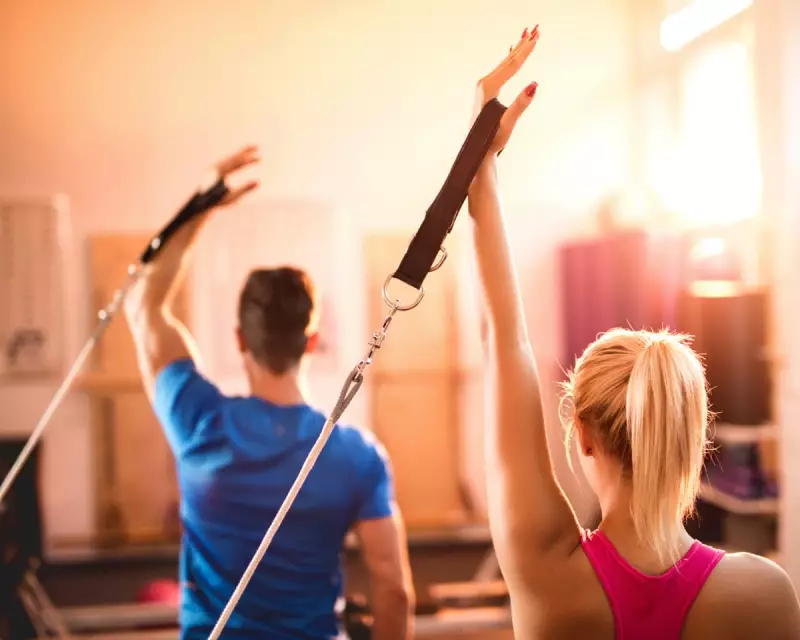
In fitness studios across Britain, a quiet revolution is taking place beneath the surface of standard Pilates classes. While participants appear to be performing familiar stretches and core work, they're actually engaging in what instructors now call "protecting the crown jewels" - targeted pelvic floor exercises that deliver profound benefits for long-term health.
The Hidden Muscle Group Every Woman Should Train
Unlike showy abdominal work or impressive flexibility poses, pelvic floor exercises operate in stealth mode. These subtle contractions strengthen the network of muscles supporting the bladder, bowel, and uterus - yet many women remain unaware of their importance until problems arise.
"We've started framing pelvic floor health as preventive maintenance rather than damage control," explains London-based Pilates instructor Sarah Chen. "Just as you'd care for valuable family heirlooms, these muscles deserve regular attention long before issues like stress incontinence appear."
Why Pilates Provides the Perfect Foundation
The controlled, mindful nature of Pilates makes it ideal for pelvic floor integration. Unlike high-impact activities that can strain these muscles, Pilates emphasizes precision and awareness.
- Breath coordination teaches proper pressure management
- Core integration connects pelvic muscles to overall stability
- Mind-body focus enhances muscle awareness and control
Manchester physiotherapist Dr. Anya Sharma notes: "The beauty of incorporating pelvic floor work into Pilates is that women develop functional strength they use in daily life - lifting groceries, playing with children, or simply standing from a seated position."
Breaking Through the Discomfort Barrier
Despite the clear benefits, many women feel uncomfortable discussing or addressing pelvic floor health. Fitness professionals are combating this through discreet cueing and education.
"We use imagery like 'gently lifting a small blueberry' or 'imagining you're stopping the flow of urine' rather than clinical terminology," says Bristol instructor Maria Rodriguez. "This approach makes the practice accessible rather than intimidating."
A Lifelong Practice, Not a Quick Fix
Experts emphasize that pelvic floor maintenance should become as routine as dental hygiene - a consistent practice throughout life's different stages.
- Twenties and thirties: Building foundational strength before pregnancy
- Perinatal period: Supporting changing bodies and recovery
- Menopause and beyond: Counteracting hormonal changes that weaken tissues
"The goal isn't perfection but consistency," Chen advises. "Even a few minutes of daily practice while waiting for the kettle to boil can make a remarkable difference over time."
As awareness grows, this once-taboo topic is becoming a standard part of holistic fitness conversations, proving that the most valuable wellness practices aren't always the most visible ones.





